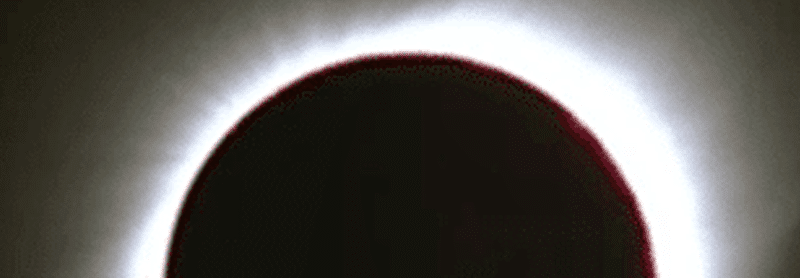Don’t Be Blinded By the Light On Solar Eclipse Day
On August 21, a good swath of the United States will get the rare chance to view a total solar eclipse. In Michigan, we’ll be outside the path of totality. Unfortunately, that means that we won’t be able to see the total eclipse, but we should be able to view an impressive partial eclipse. If you’re interested in watching this natural phenomenon, here are a few tips to keeping your eyes safe.
Detroit’s Eclipse Guide
- 1:03 PM
- Partial Eclipse Begins
- 2:27 PM
- Maximum Eclipse for Detroit Area
- 3:47 PM
- Partial Eclipse Ends
Wear protection!
Regular sunglasses aren’t enough when it comes to looking directly at the sun, so make sure to wear something a bit more substantial even NASA has a list of approved sunglasses, and often planetariums and hobby astronomers will have properly rated eyewear on hand. It doesn’t have to be fancy—cardboard viewers are just fine. However, if you’re concerned, look for this designation number on the sunglasses: ISO 12312-2
How to Tell If Solar Eclipse Viewers are Safe
Cameras (and your phone camera) don’t count as protection
Looking at the sun even for a moment during an eclipse can literally burn your eye, causing an “eclipse burn” or solar retinopathy. The overexposure to light can damage cells in your eye temporarily or permanently. Looking at an eclipse through the lens of a smartphone or camera can cause just as much damage as with your naked eye.
Caution shouldn’t take the fun out of eclipse watching. North America will not see another solar eclipse until April 8, 2024. For that event, Michiganders will be able to see the entirety of the solar eclipse, rather than just a partial eclipse. Get your pinhole projectors and safe cardboard viewers ready for that spectacular occurrence, too!
Originally posted August 15, 2017
Share This Article
Posted by Amanda Zellar
Amanda helps patients improve their lives through the power of LASIK. A patient coordinator at Laser Eye Institute, Amanda assists patients through every step in their start-to-vision journey.

